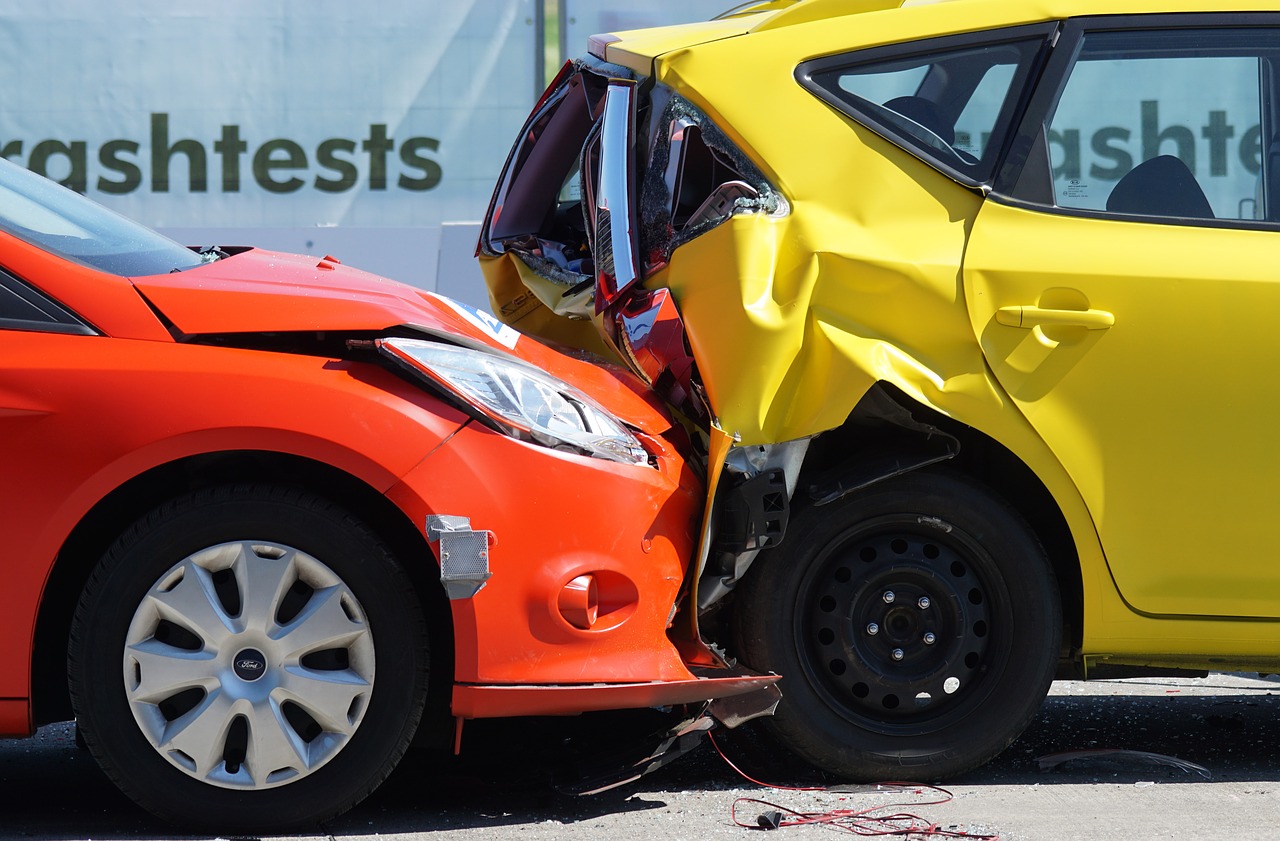 Rear-end crashes are far too common on our roads. According to the NHTSA (National Highway Traffic Safety Administration), rear-end collisions account for nearly a third of all road accidents across the country.
Rear-end crashes are far too common on our roads. According to the NHTSA (National Highway Traffic Safety Administration), rear-end collisions account for nearly a third of all road accidents across the country.
These types of crashes are especially fatal because the impact often finds the front driver as a surprise, increasing the possibility of serious injuries. This is why whiplash is among the most common injuries resulting from rear-end accidents. Others include herniated discs, brain damage, back pain, and internal bleeding.
Most people think that these types of crashes are often caused by the rear driver’s negligence, but that is not always the case.
To determine fault in a car accident, interested attorneys have to investigate its cause(s) before anything else:
- Any available pictures of the accident scene
- Police reports
- Eyewitness statements
- Records from the drivers’ mobile phones
- Prevailing weather conditions when the accident occurred
- Video surveillance camera recordings
Here, the lawyers will be looking for any signs of the top causes of rear-end accidents:
- Distractions from a smartphone or other car controls
- Bad weather that reduces traction and visibility
- Performing unsafe lane changes
- Tailgating or driving too closely
- Panic or sudden stops
Who Is at Fault During a Rear-End Accident Investigation?
Most rear-end crashes occur due to the rear driver’s negligence. The driver might have been texting or talking on their phone or failing to maintain a safe distance between them and the front vehicle.
The plaintiff can prove this by presenting supporting documentation and other types of evidence that shows the driver’s negligence.
If you were injured or experienced property damage due to a rear driver’s negligence, you have a right to receive full compensation for the same. This begins by filing a claim with the at-fault driver’s insurance company who will conduct an individual investigation, too.
It is not uncommon for insurance companies to reduce your claim or deny it on various grounds. The adjuster might also offer a settlement when you first report the accident. This is always an insufficient amount meant to trick you into signing a release form and give up further compensation rights.
Ensure that you have calculated your total damages with the help of a personal injury attorney so that you do not agree to a lowball amount.
Can I be At-Fault in a Rear-End Collision?
Due to the nature of these types of crashes, most of them are caused by the rear driver’s negligence. However, there are some circumstances that might prove that you were partly or even fully at fault:
- You slowed down without warning.
- You were changing lanes unsafely.
- You showed reckless road behaviors, like speeding, then stopping suddenly.
- You had faulty brake lights or other vehicle parts.
If the investigations find you at fault, the repercussions will depend on the specific state laws. Some areas allow a partially negligent driver to receive a settlement amount that is less their percentage of fault. In other regions, none of the drivers will receive any compensation, unless from their individual insurance companies.
Are There Other Liable Parties in Rear-End Collision Investigations?
In some complex situations, negligence can extend to other third parties.
First, the collision might have occurred as a chain reaction. This means that one rear-ended another but the other rear cars did not have enough time to stop and so they crashed into the front vehicles. Such cases involve many insurance companies but the fault is always directed at the driver who caused the initial crash.
Rarely, a rear-end collision can occur due to faulty car parts that the driver was not aware of. Here, an attorney will help you prove product liability and sue the car manufacturer.